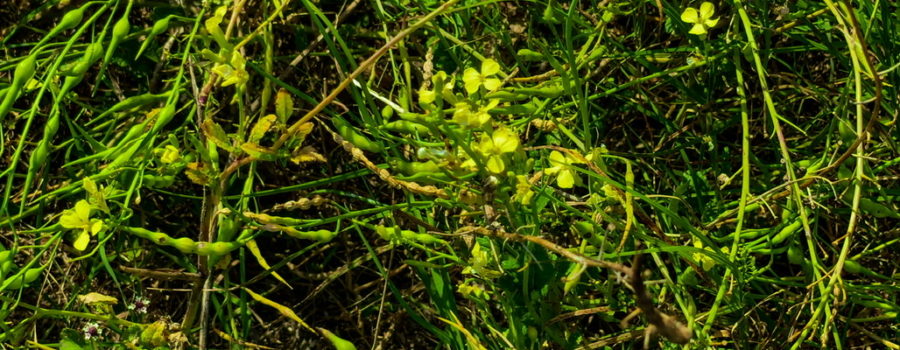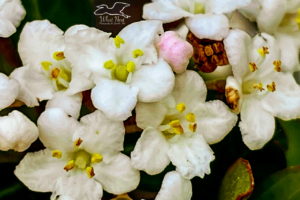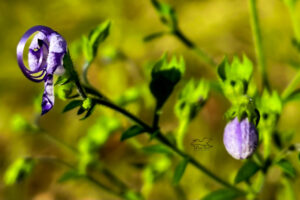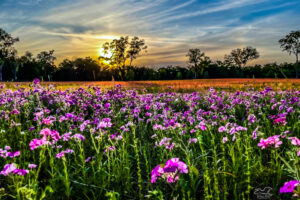Wild Radish is Beautiful and Quite Edible

On one of my trips into town for supplies, I spotted some really pretty, large white flowers along side the road, so I stopped to get some pictures of them. It turned out that those flowers were the prickly poppies that I wrote about earlier. As usually happens when I stop to photograph something, while I was out there I found several other things to photograph as well including a banded garden spider, a small group of metric paper wasps, and some gorgeous wild radishes. Wild radishes or sea radishes, are native to Asia and Europe, but they now grow throughout much of the world. In some places they are considered a naturalized plant, in other places they’re considered weeds, and some areas even label them as an invasive species.

Wild radishes are members of the mustard family, which is characterized by flowers with four petals that grow in a cross shape. Other members of this family include broccoli, cauliflower, cabbage, and Brussels sprouts among others. Depending on where it is growing, wild radish flowers can be white, yellow, lilac, or pink. The yellow variety seems to be the most common here in the southern United States. This variety of colors is the result of two pigment systems. The pinks and purples come from cultivated radishes while the yellows come from a plant known as jointed charlock. It is believed that modern wild radishes are actually a cross between the two. Of course, the white flowers are ones that are lacking any pigment at all.

In Florida, wild radishes are considered weeds. They are most commonly found in areas of disturbed soil including along roadsides (where I found these), in farm fields and pastures, and along hiking or game trails. They can grow very quickly and can often out compete native plants, which is why some states consider them invasive. Whether it’s considered invasive, a weed, or naturalized, wild radish is an interesting plant in that it is completely edible and also has some medicinal uses. The leaves and flowers can be boiled and eaten as pot greens (similar to mustard greens). The flowers can also be eaten raw, as can the seeds and even the young seed pods. Older seed pods can be steamed or boiled lightly if they are too tough to eat raw. The roots are covered in a thick outer skin, but if that is pealed away, the centers can be boiled and eaten as a warm vegetable. If you find some wild radishes while you are out and about, consider harvesting some and giving them a try!






Recent Comments